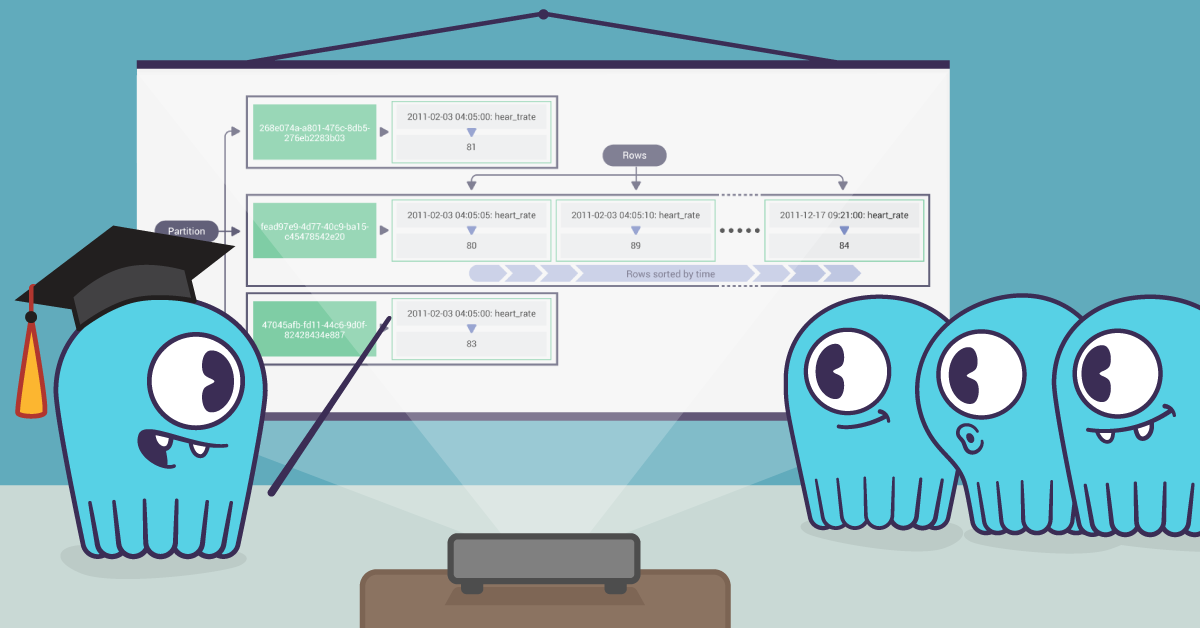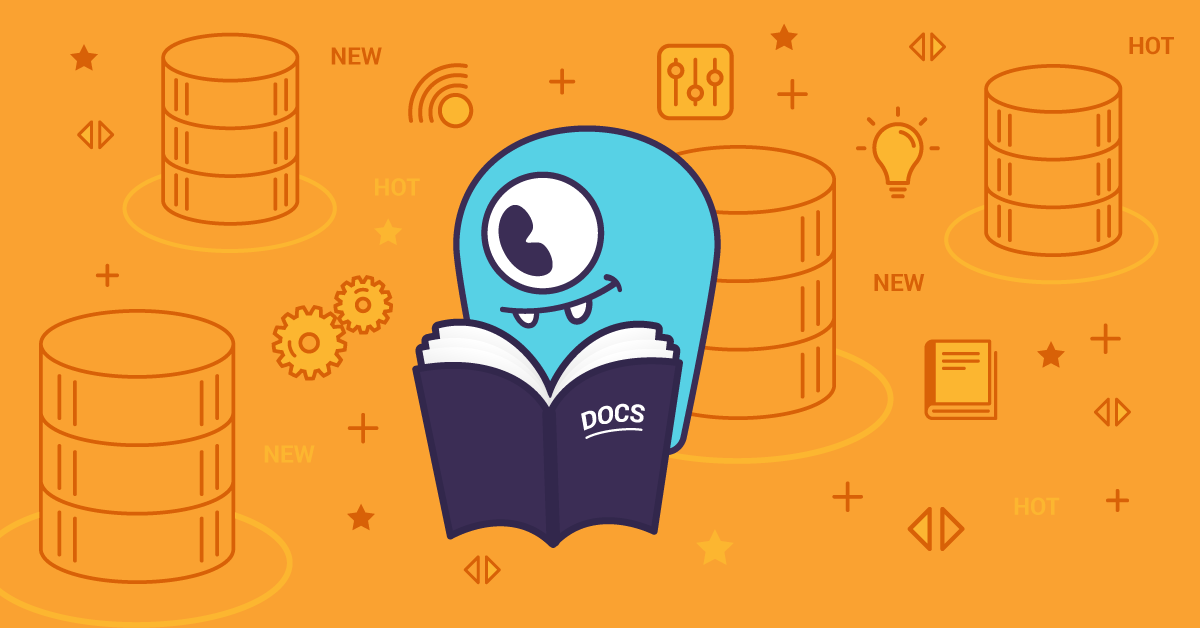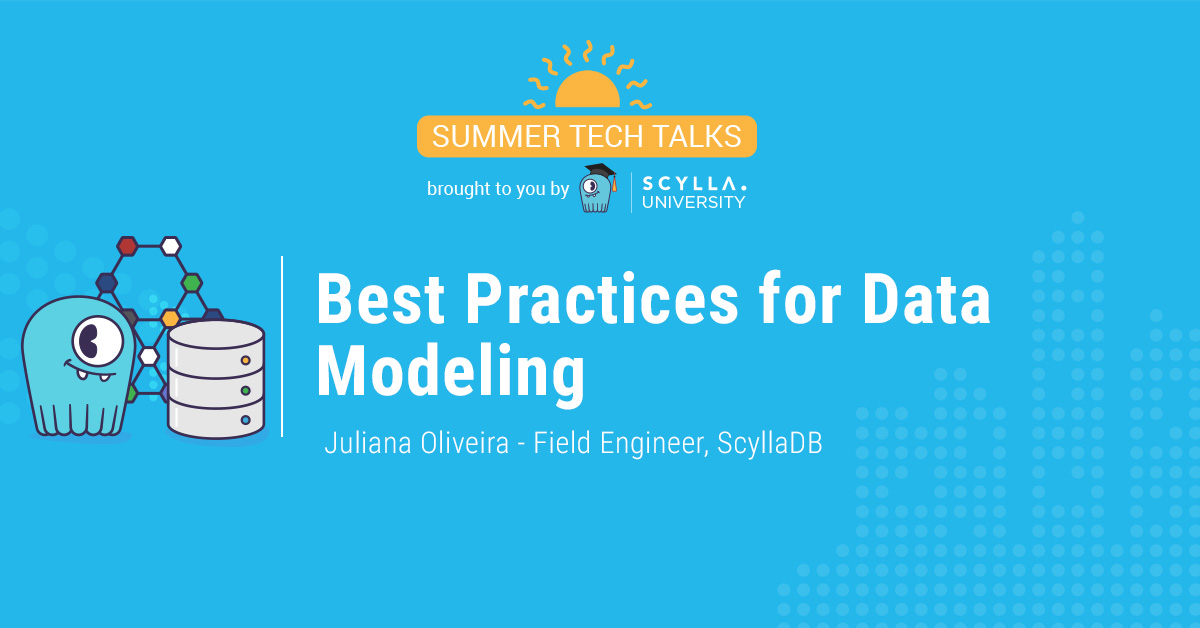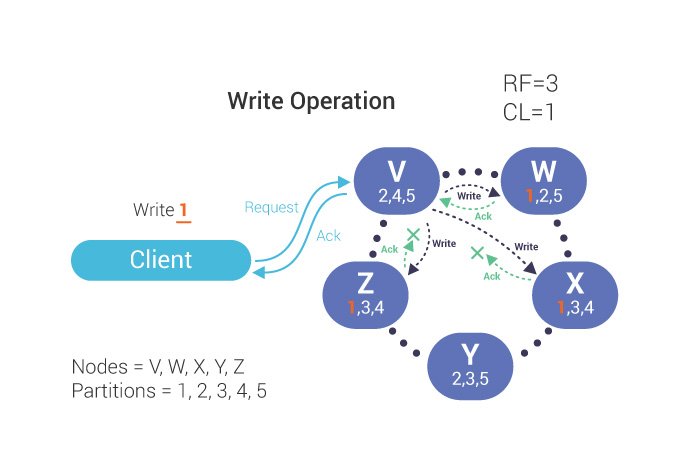
To help you get the best out of your ScyllaDB deployment, we’re producing a series of new documentation and blog posts featuring different ScyllaDB concepts and ScyllaDB architecture.
ScyllaDB incorporates many features of Apache Cassandra’s scale out-design, including distributed workload and storage along with eventually-consistent fault tolerance. ScyllaDB’s C++ performance and throughput allow you to tweak and optimize your distributed database deployment in ways that you may not have thought possible.
We recently added an overview of ScyllaDB’s Ring Architecture on our docs site, where we lay out some basic concepts.
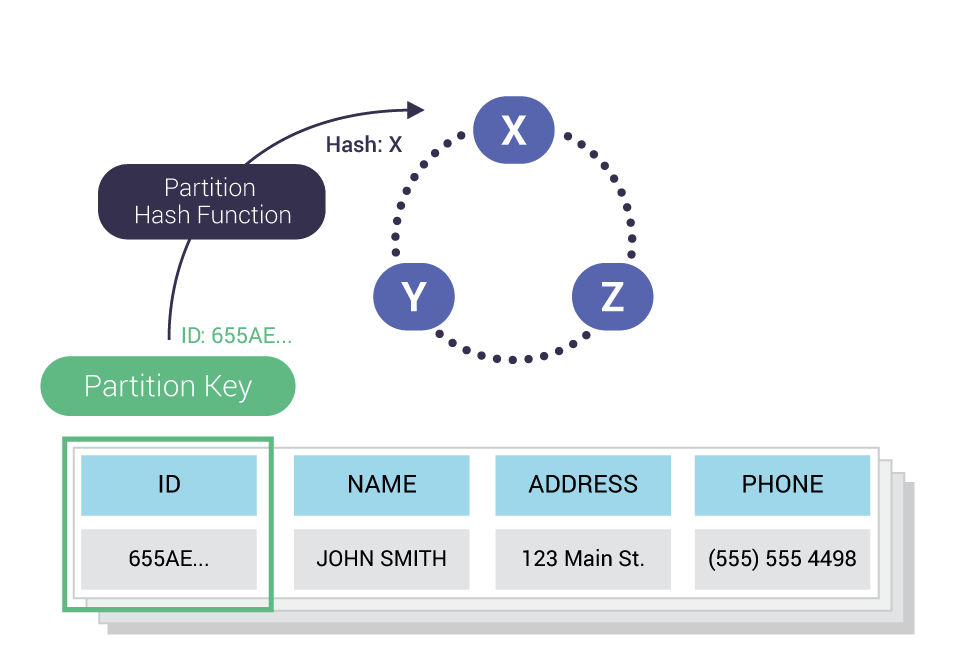
ScyllaDB is built to scale and works via a collection of token ranges distributed among multiple nodes. Our newest article walks you through our architecture and weaves in a breakdown of key terms relevant to any number of distributed databases – mainly those with a ring architecture – including ScyllaDB, Amazon’s DynamoDB and Apache Cassandra®.
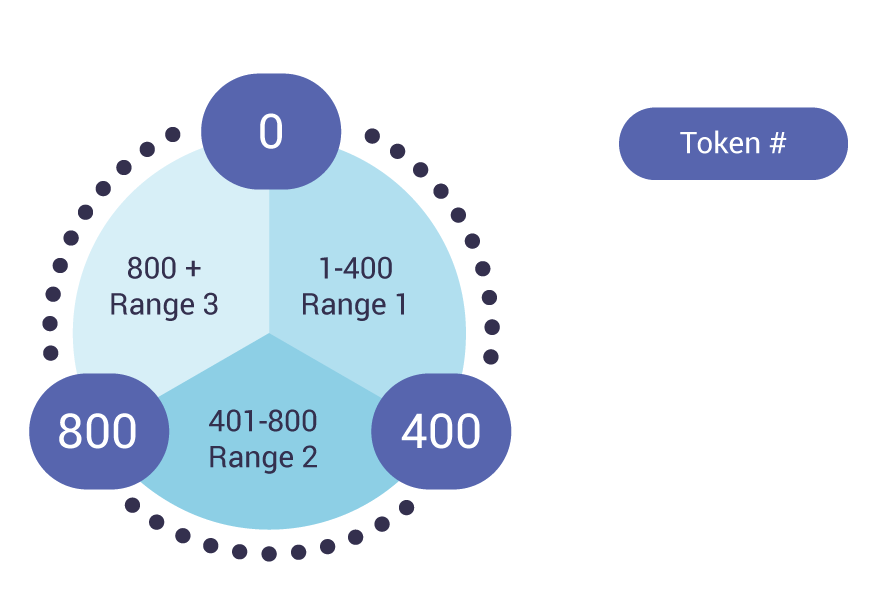
ScyllaDB uses a ring architecture, where data is distributed via tokens – and replicated deterministically – across nodes in a cluster. A token is the value in a range used to identify both nodes as well as partitions. Tokens on a ring fall within and are distributed over a range on the ring network.
Additionally, the article covers clusters, nodes, keyspaces, tables, the partitioner, and hash functions and uses the nodetool command to study keyspace token ranges and cluster information. Finally, we conclude with a brief glossary of terms.
Ready to learn more?
Our docs site covers all of this and a lot more. Learn not just about our architecture, but also how easy is is to get started with ScyllaDB. You can also dig into ScyllaDB For Administrators, learn ScyllaDB for Developers, model your own CQL, browse our FAQ and knowledge base and even learn how to contribute to ScyllaDB. A good grasp of all of these – and knowing where to find information – can help you master distributed NoSQL databases generally and get the absolute best out of your ScyllaDB cluster. As this is the first document in our new architecture section, stay tuned for updates and new articles!
Want to try ScyllaDB? Download ScyllaDB for a variety of environments here, or try it on Docker Hub.

